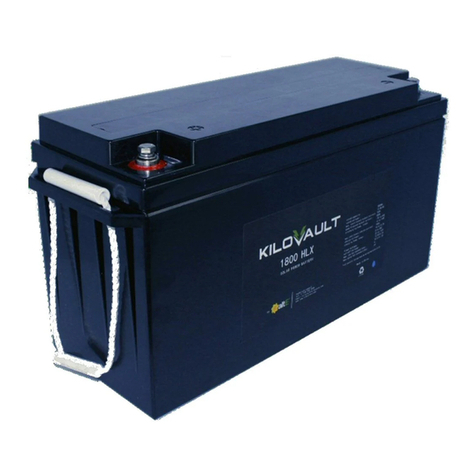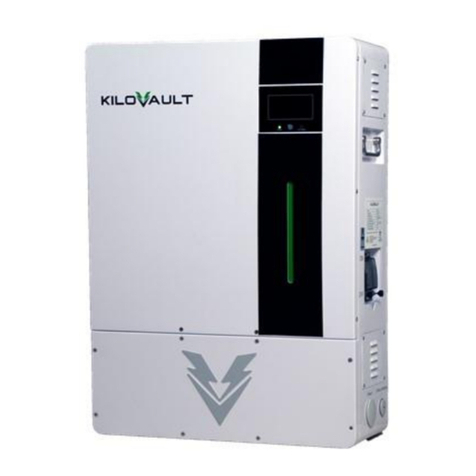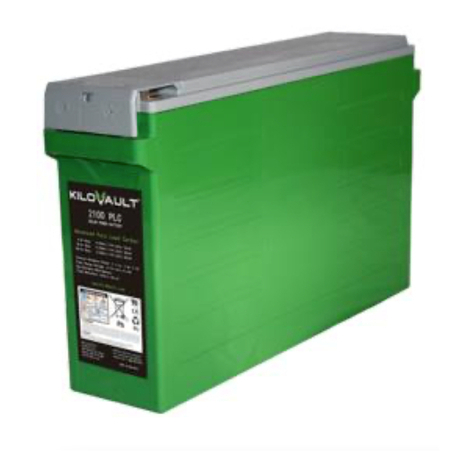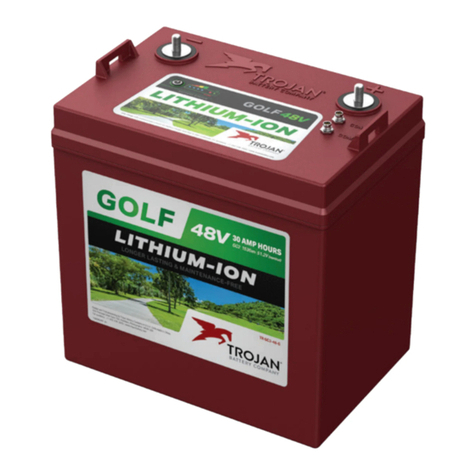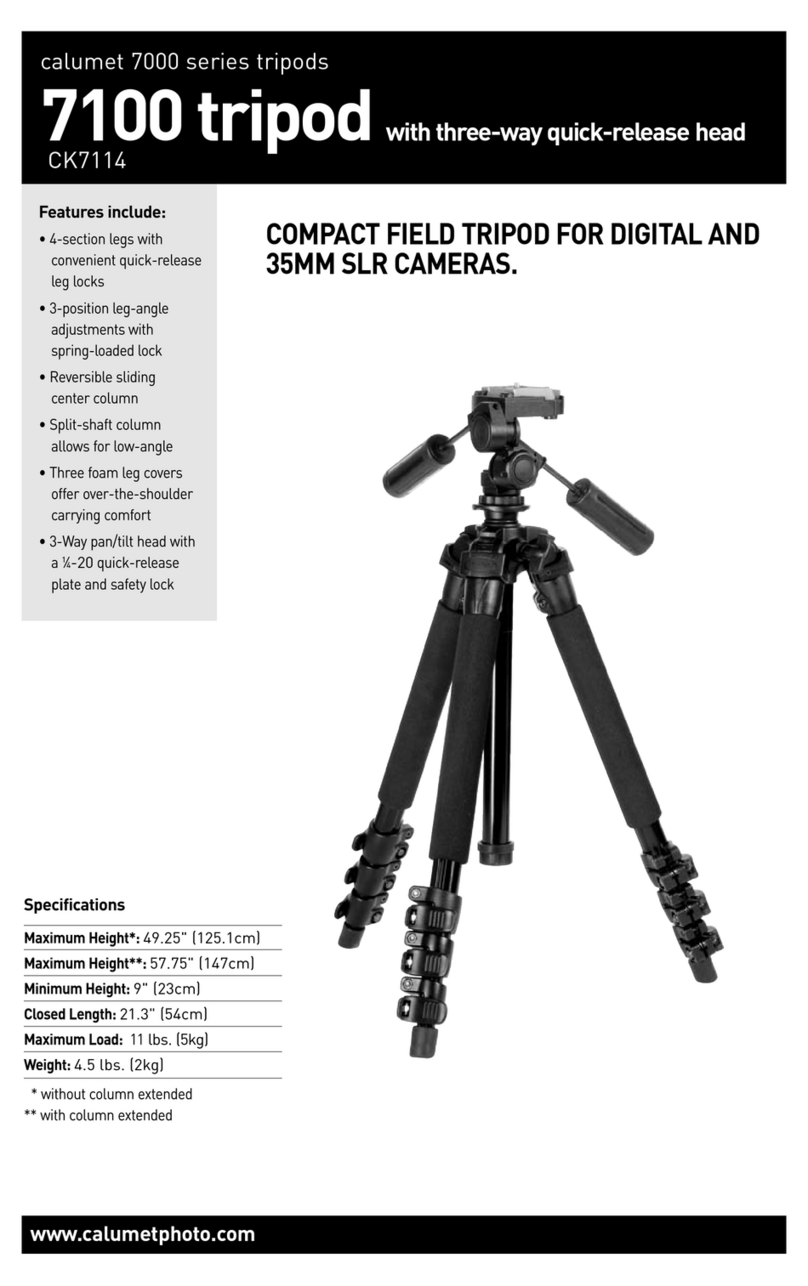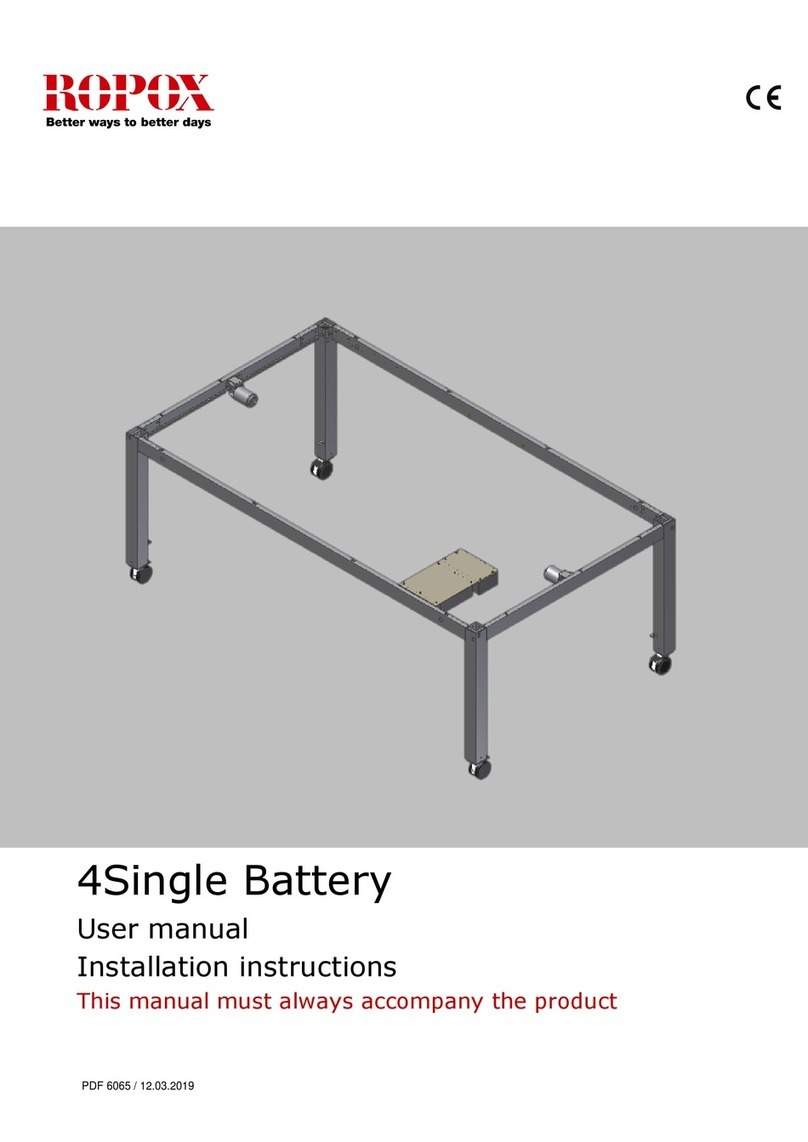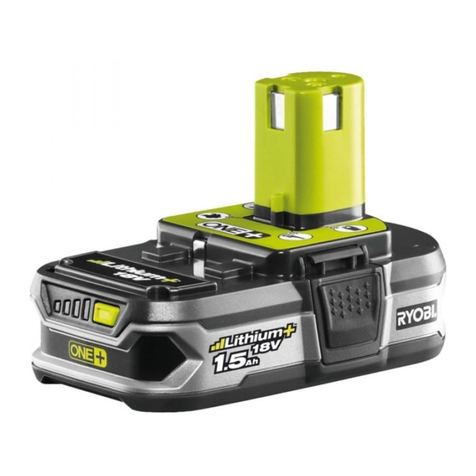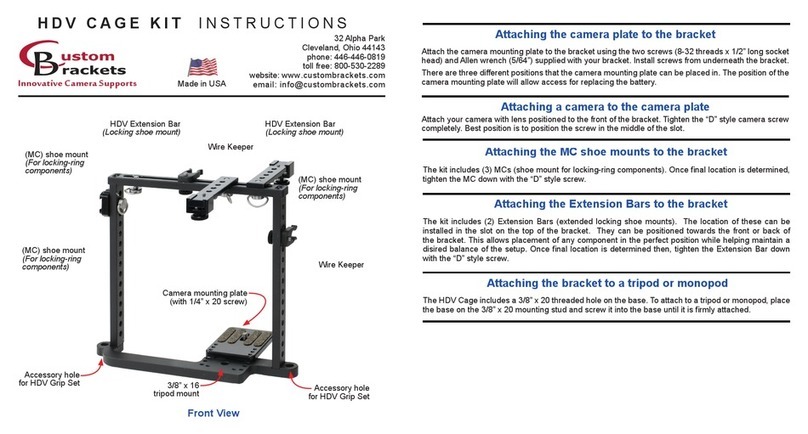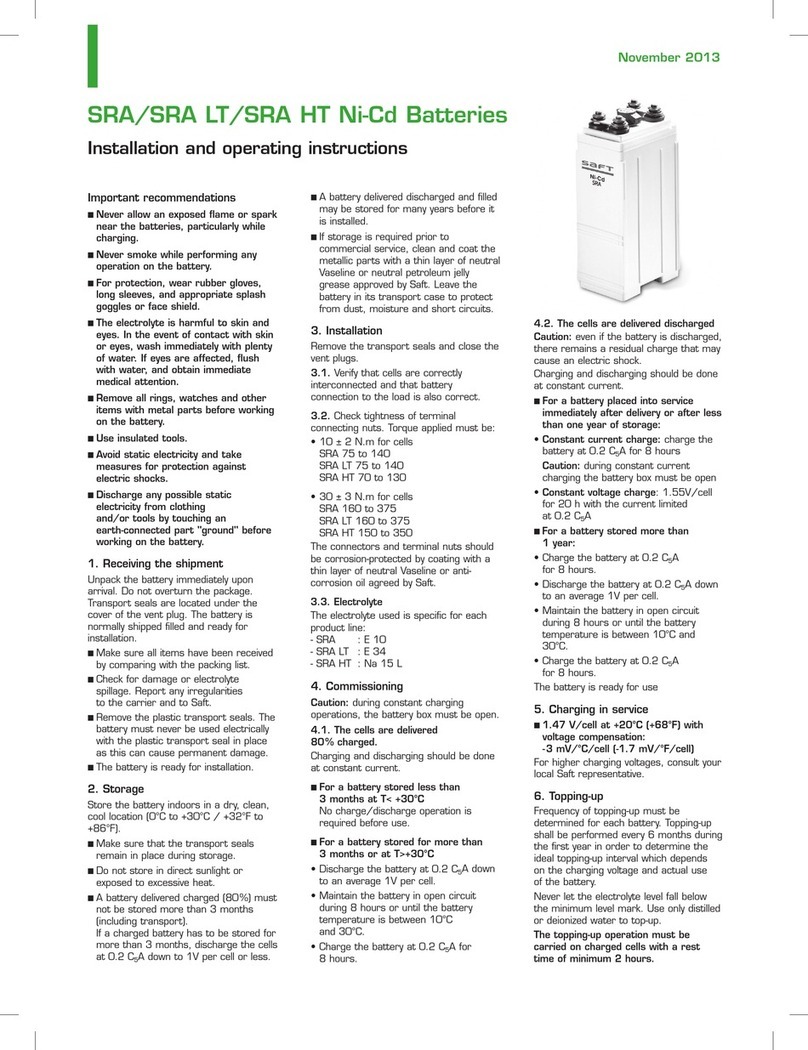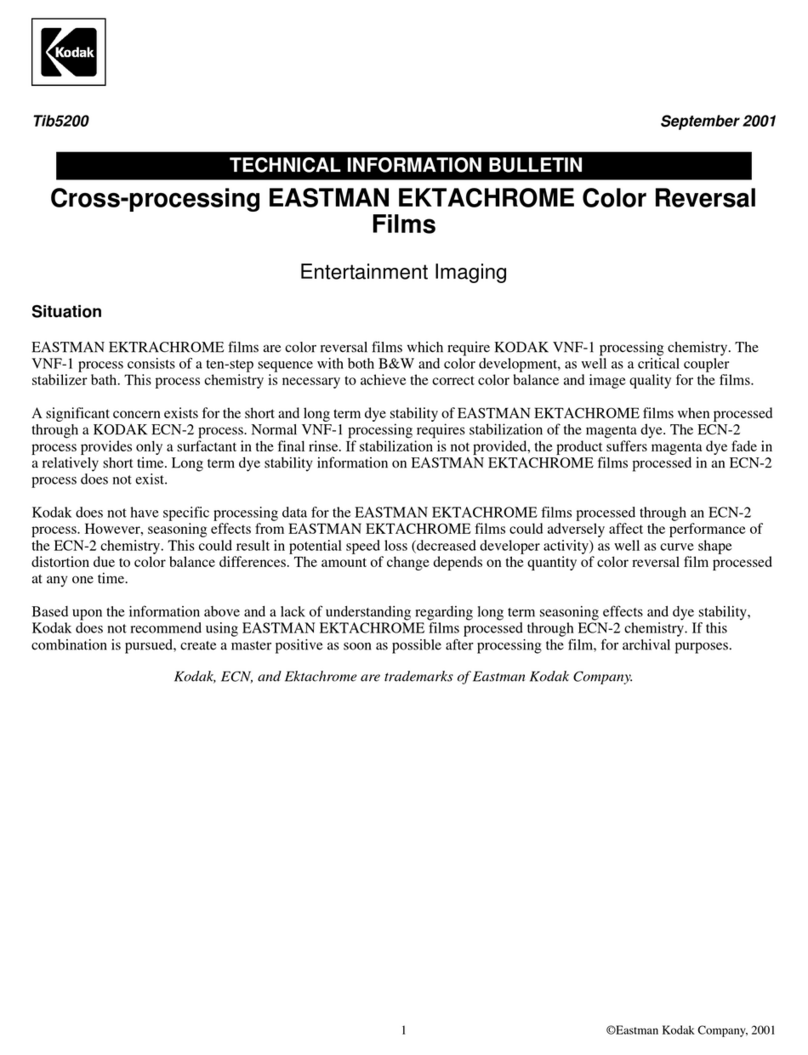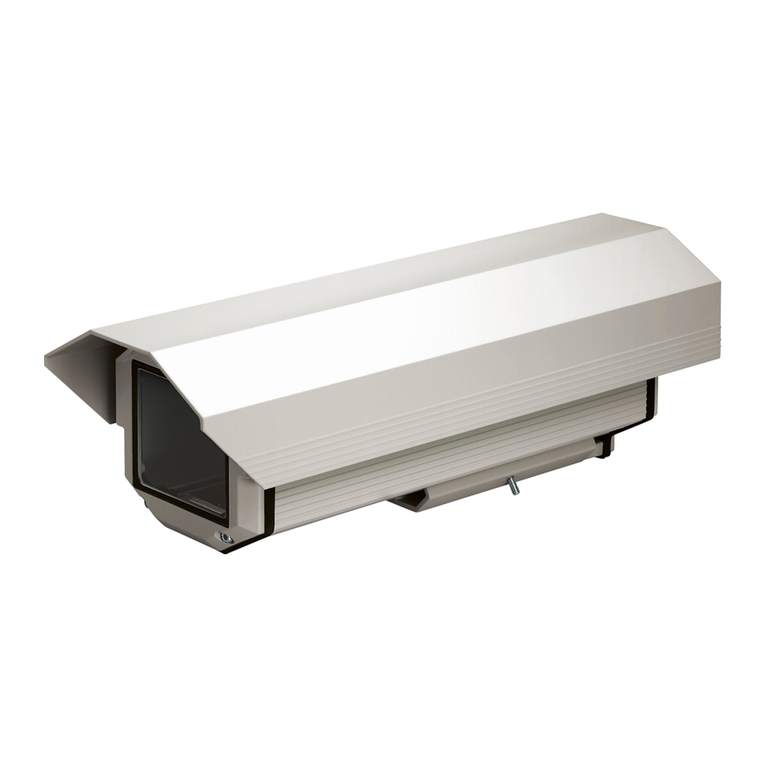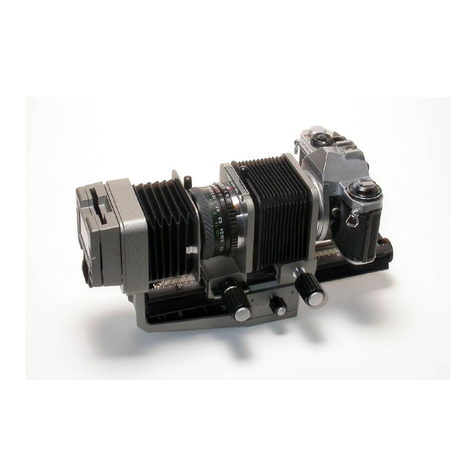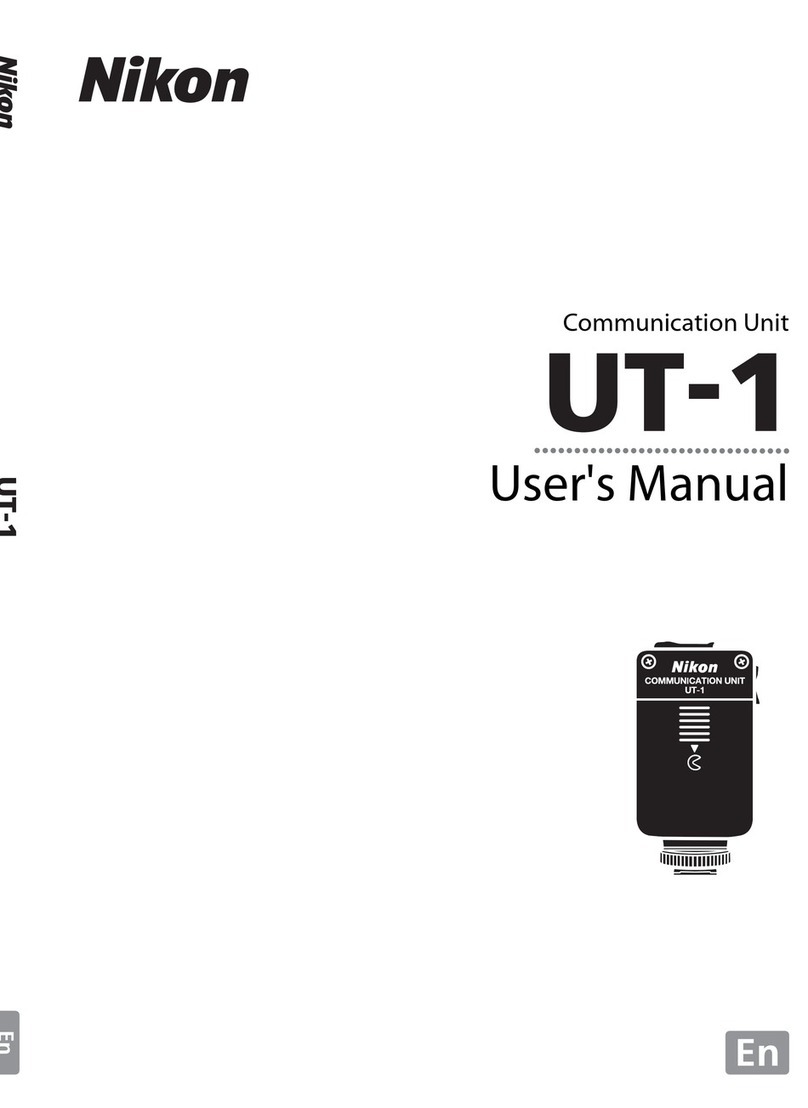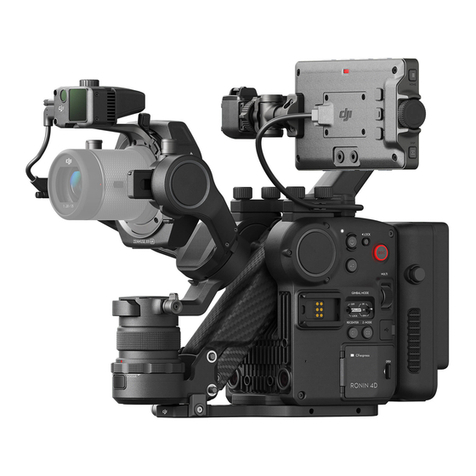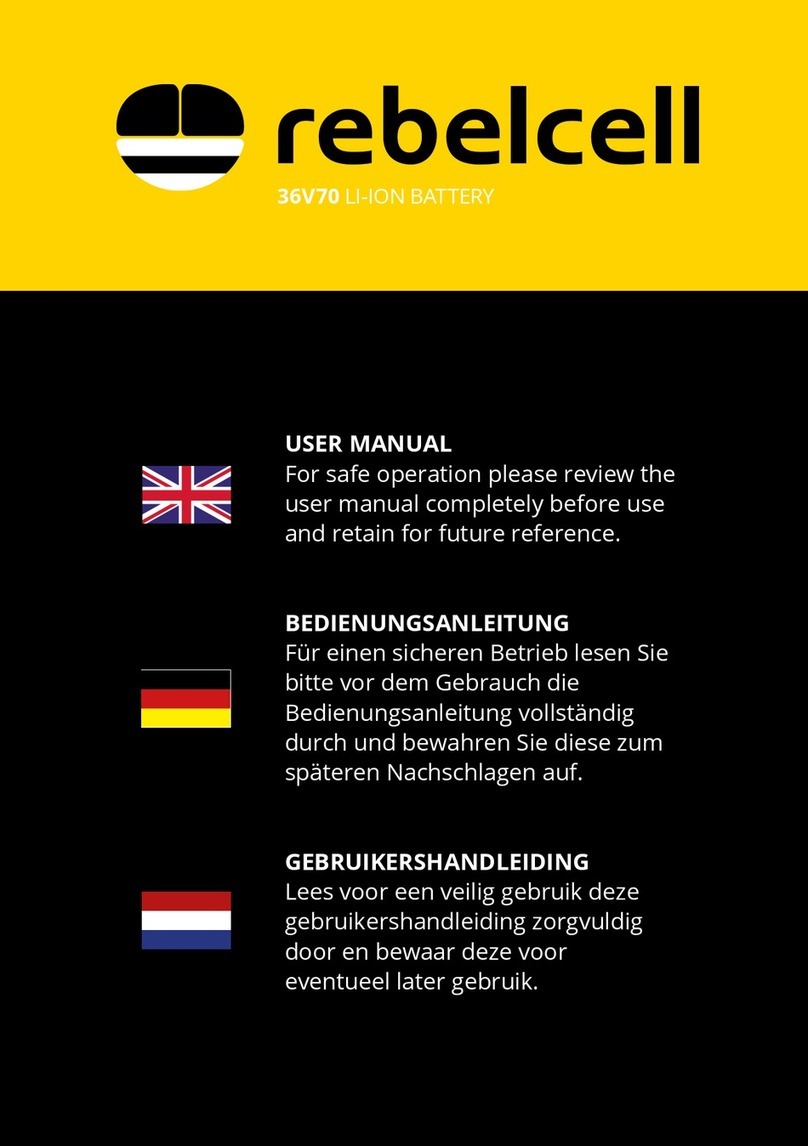
●Safer: No thermal run-away issues as with other lithium technologies
●Heavy Duty:
○The 1200 HLX+ takes up to 80 amps of continuous charging/discharging current.
○The 2400 HLX+ takes up to 150 amps of continuous charging/discharging current.
○The 3600 HLX+ takes up to 200 amps of continuous charging/discharging current.
●Internal heater allows the battery to continue charging, even when the ambient temperature is
below freezing.
●Integrated Battery Management System (BMS)
●HLX iT Bluetooth Monitoring Application (iOS and Android)
●7.5 Years Limited Manufacturer’s Warranty
1.1.1 - Battery Management System
Every HLX+ battery contains a BMS that helps protect it from over voltage charging/discharging, over
current charging/discharging, and extreme temperatures while charging and discharging. While this
system is robust, batteries must be installed using appropriate inverter charge controller settings, devices
to protect them from open photovoltaic (PV)/solar panel voltage, and other high voltage charging sources.
Failure to adhere to proper installation requirements will void the warranty and may damage the system.
1.1.2 - HLX iT, the Bluetooth Monitoring Mobile Application
The HLX iT smartphone Bluetooth app enables you to view general information about the selected
individual battery. It can help troubleshoot when attempting to detect the cause of the battery bank going
off-line. The app is available for free download for both Android and iPhone phones. Each battery is
identified by a unique name assigned at the factory.
1.1.3 - HLX+Bridge (coming soon)
Lorem ipsum dolor sit amet, consectetur adipiscing elit. Integer et cursus nisl. Nullam at euismod lorem.
Nullam tincidunt eros a ex aliquet fringilla. Suspendisse velit justo, auctor sit amet tellus eget, viverra
interdum neque. Aliquam cursus facilisis nulla, eu tincidunt libero suscipit et. Aenean volutpat, erat non
dapibus sodales, nunc lacus fermentum urna, id semper orci ipsum sit amet lacus. Curabitur a nisl ac
lectus varius fermentum. Curabitur venenatis elementum porttitor. Maecenas at lectus gravida, egestas
enim congue, consectetur lectus. Nunc venenatis dolor felis, sed blandit turpis sodales at.
1.1.4 - Heating System
The 1200 HLX+ heater is 64 W. The 2400 HLX+ heater is 96 W, and the 3600 HLX+ heater is 192 W. The
heater is powered by charging current, not by the battery. The battery does not self-discharge to warm
itself.
In all of the batteries the heater starts at an internal temperature of 0°C (32°F) and stops at an internal
temperature of 5°C (41°F). At external temperatures below -30°C (-22°F), the heat dissipation is too great to
bring the battery up to temp.
It will take about 1.5 to 2 hours to warm the battery from an internal temperature of -20°C (-4°F) to 5°C
(41°F).
When the batteries are charging with solar, it might take a longer time, depending upon the charger
output.
KiloVault
®LLC • 330 Codman Hill Road, Boxborough, MA 01719 • +1 (888) 218-5924 • [email protected] •www.kilovault.comRevision 1.0, 06/2021
Page 5 of 29
